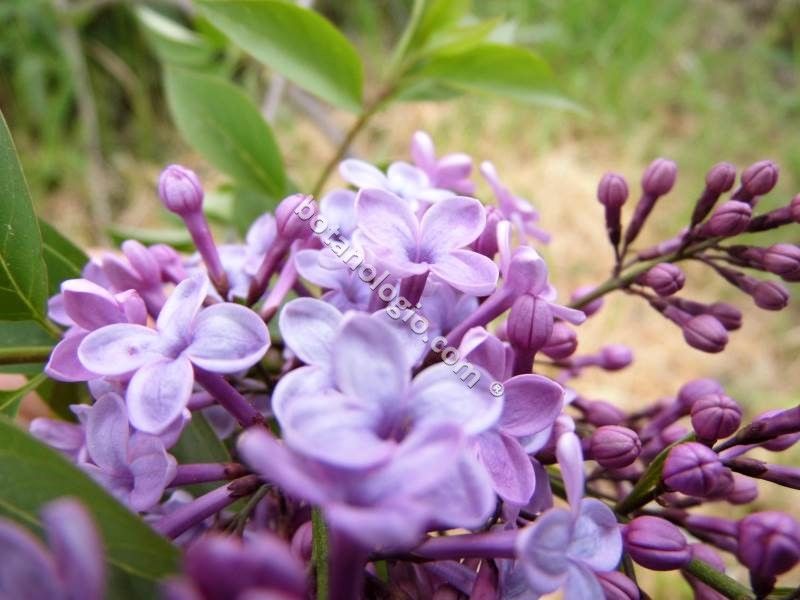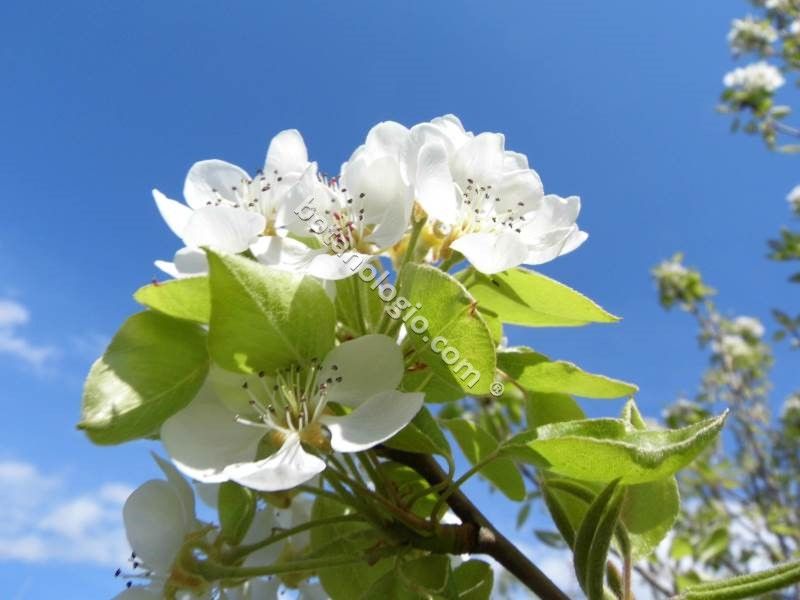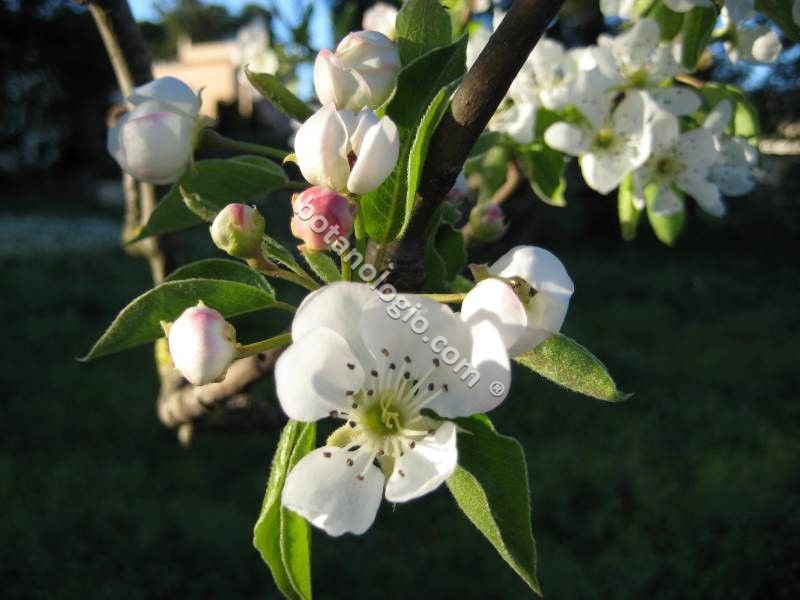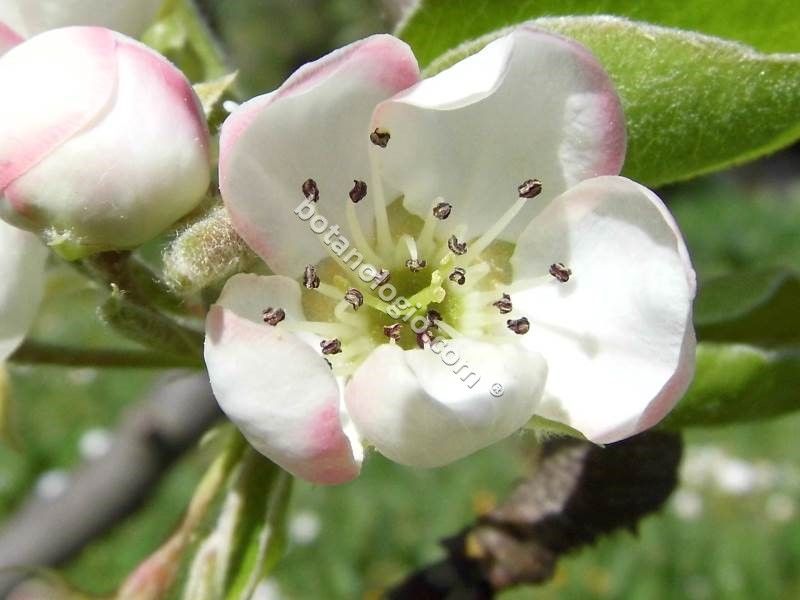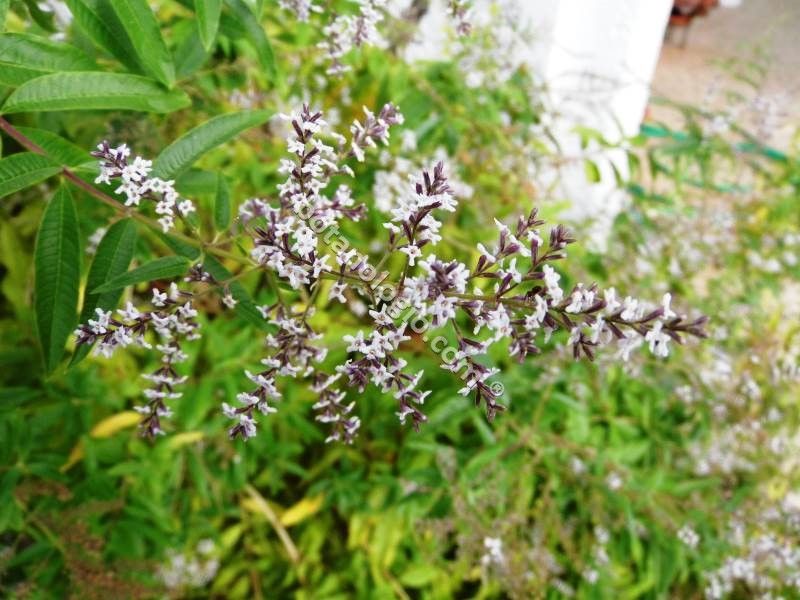Almond nutritional value
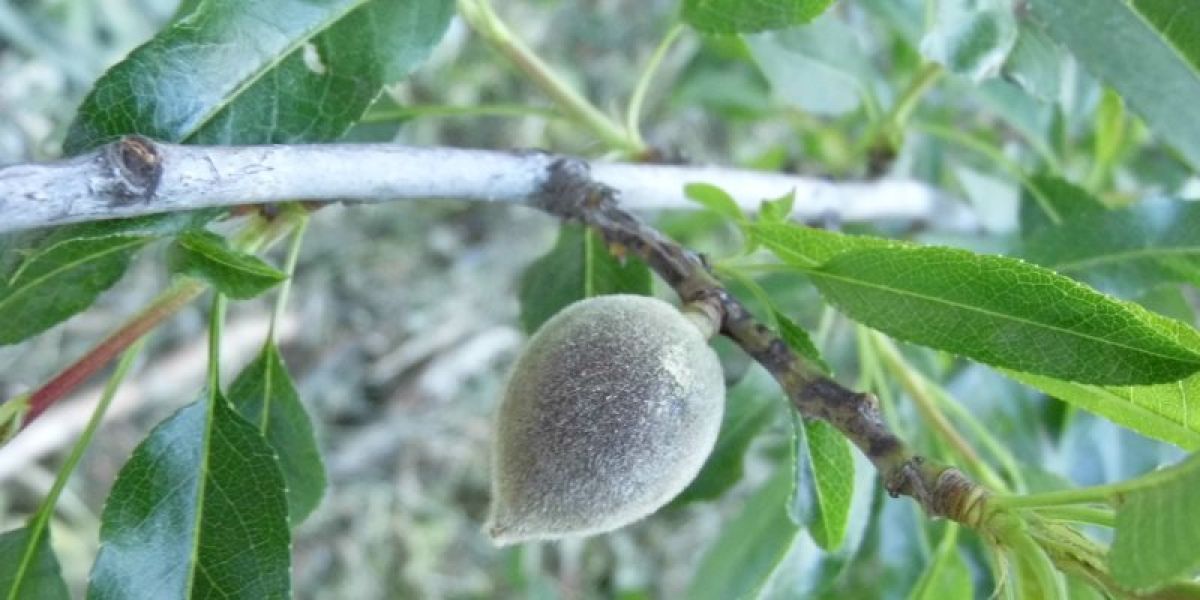
The almond tree is a deciduous tree, reaching up to 8 meters in height. It blooms in early spring with pink or white flowers. Due to the early flowering and the weather conditions that prevail until March, many almond trees are “burned” by the frosts and the last snow of March, with the result that many remain fruitless or even dry out.
The almond tree is a hardy tree with great resistance to cold winters and very hot summers, without special requirements from the soil in which it grows.
The almond harvesting season is mainly the end of summer, depending of course on the variety. Almond fruits are rich in vitamin E, magnesium, calcium, potassium, phosphorus, iron, protein and fatty acids. Raw fruits are richer in nutrients than cooked, and it is also better not to peel them.
For cosmetic use but also for therapeutic use, you will find almond oil, rich in nutrients and moisturizing agents, which is extracted from the cold pressing of the almond fruits! Sweet almond oil is the best you will find!
Read more about the cosmetic uses of almond and the healing properties of almond!

